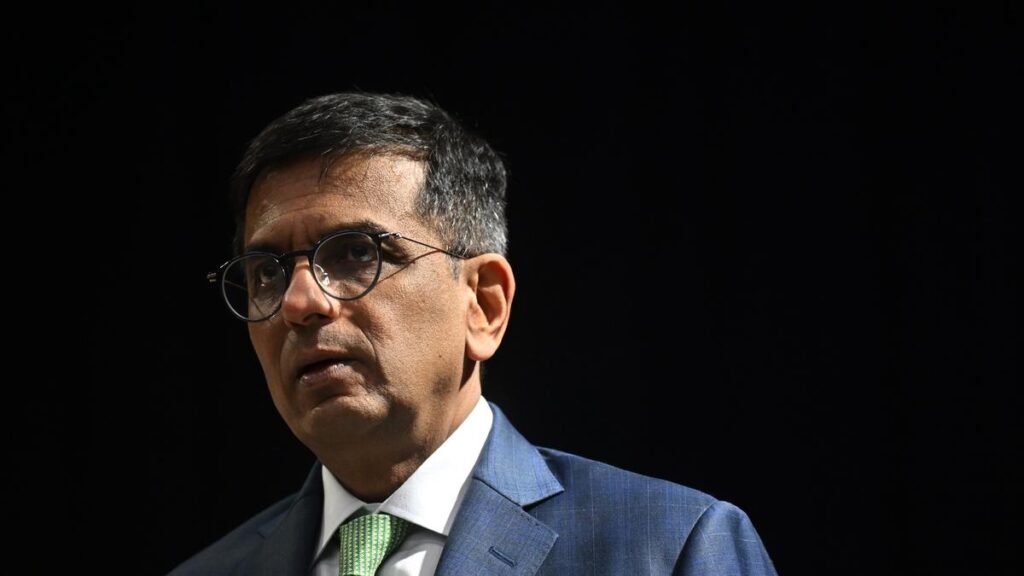The Supreme Court administration cited Rule 3B of the Supreme Court Judges (Amendment) Rules, 2022, which states that a retired Chief Justice of India can retain a type VII bungalow, one level below the official CJI residence, for a maximum period of six months post-retirement. Ex-CJI Chandrachud has exceeded this time limit, prompting the administration to take action.
The communication sent to the Centre emphasized the need for the designated official residence of the CJI to be vacated and returned to the court’s housing pool in accordance with the rules. This move is seen as a way to ensure that appropriate housing arrangements are made for the current Chief Justice of India.
The decision to seek the vacation of the residence occupied by ex-CJI Chandrachud highlights the importance of upholding rules and regulations within the judiciary. The Supreme Court administration’s actions demonstrate a commitment to maintaining transparency and accountability in the allocation of official residences for judges.
While it is uncommon for such requests to be made, the Supreme Court administration’s decision reflects their dedication to upholding the integrity of the judicial system. The communication to the Centre signals a proactive approach to ensuring that proper procedures are followed in the allocation of official accommodations for judges, even after their retirement.
The Ministry of Housing and Urban Affairs is expected to respond to the Supreme Court administration’s request in due course, and further developments regarding the vacation of the designated CJI residence at Krishna Menon Marg will be closely monitored.

